What are Knotted Muscles
Introduction
Knotted muscles, also known as muscle knots or trigger points, are areas of tension and tightness within muscle fibers. These knots can form as a result of various factors, including muscle overuse, poor posture, stress, or injury.
The knots can cause regional pain, stiffness, and decreased range of motion. They frequently feel like tiny, palpable nodules or lumps in the affected muscle.
It frequently affects the legs or upper back and feels tense and sore. Although they’re usually not dangerous, they can be quite uncomfortable. Muscle knots may, in rare instances, indicate a persistent or long-term pain issue.
It is crucial to understand the reasons behind knotted muscles as well as the techniques for releasing them in order to maintain general musculoskeletal health and avoid pain and dysfunction.
What Are Muscle Knots?
Muscle knots are likely to be the cause of any back, neck, or under-the-shoulder blade pain you may have experienced. Although the term suggests otherwise, the muscle is not twisted or kinked. Typically, knots are a kind of spasm that tightens up a tiny area of a muscle. This strain is frequently uncomfortable.
Muscle knots typically result from repetitive activity causing irritation to a muscle. After working out a single muscle area for an extended amount of time, athletes will experience muscle knots. Too much time spent in an uncomfortable position can also cause a muscle to tense up.
Long periods of time spent driving or sitting at a desk can cause a muscle to get so irritated that it “knocks up.”
Because muscular knots are invisible on scans, researchers are unsure of the exact mechanism causing the pain in the muscle. According to some medical professionals, the sore spot may be caused by blood flow disruption caused by muscle spasms. According to other physicians, the pain may be caused by nerves that are stimulated by the spasms.
A muscle knot hurts, regardless of what caused it, and the pain may last for several days or weeks. It could be difficult to do activities you enjoy doing or it could interfere with your career.
Symptoms of Muscle Knots
Muscle knots like tiny, sensitive nodules or lumps. They can be sensed and are real when touched. On the other hand, knots can be mild and located deep inside the muscle; to feel the knots or trigger points, one may need to apply significant pressure to the connective tissue.
Myofascial trigger point symptoms include:
- Significant pain
- overall tingling or numbness associated with nerve discomfort
- a reduced range of movement
Referred pain is a common result of trigger points. The pain radiates to surrounding muscles when someone applies pressure to the trigger point.
This symptom aids in distinguishing between a tender point and a trigger point. A place that hurts only when pressed in that particular spot and only when touched is called a tender point.
Tender points don’t cause pain to spread to neighboring muscles like trigger points do.
The trapezius muscle is an accurate indicator of muscular knots. This muscle forms a triangle that extends from the neck to the shoulder to the middle of the back.
Stress and bad posture are common causes of tension and knots in the trapezius muscles.
Other symptoms that muscle knots can produce include:
- jaw pain
- lower back pain
- ringing in the ears (tinnitus)
- tension headaches
Causes
Common causes of muscle knots such as:
- Stress and tension
- Physical trauma
- Muscle injury
- Emotional stress
- Poor posture
- Prolonged bed rest or sitting
Because they are sitting constantly for extended periods of time, people who spend a lot of time at work may have muscular knots.
Risk factors:
Many risk factors that make people more susceptible to trigger points have been recognized by medical professionals. Such as:
- History of joint injuries
- Biomechanical imbalance
- Being overweight or obesity
- Difficulty sleeping or insomnia
- Poor posture
- Breathing Difficulties
- Sedentary lifestyle
Muscle knots may also occur as a result of incorrect sleeping and sitting postures, poor postural alignment caused by cell phone use, and other factors.
How to Treat Muscle Knots?
You can usually handle a muscle knot at home with a little effort and time. The following easy methods will help your muscles relax and stop hurting:
Regular Stretching Exercise
In certain cases, moving around or performing mild stretches might release a knotted muscle caused by prolonged sitting or standing. Knots can also be avoided by stretching. Consult your doctor about stretches to release tight muscles and reduce the likelihood of developing new knots if you observe that certain areas are prone to knotting.
Heat and ice.
Ice and heat treatments work well for the majority of muscle pain. After applying an ice pack to the area for a brief period of time, go on to a heated compress or heating pad. Choose the option that feels most comfortable for you if you find that one seems to assist more than the other.
Massage of Trigger Points
Firm pressure can occasionally stimulate a muscle to release. Applying pressure can be done with your hands or a foam roller. Just locate the knot and apply as much pressure as you can. Repeat a few times daily until the affected muscle feels improved.
Skilled massage therapy.
Getting a massage from a licensed massage therapist could be beneficial. Inform them of the knot’s location and possible origin. In addition to treating that muscle, your therapist can also find any surrounding tissues that may be aggravating the pain.
Relieving the ache of a knotted muscle can take time. To completely solve the issue, you might need to repeat therapies like massage. Try to stay away from the object that initially irritated your muscle in the meantime.
What If Muscle Knots Don’t Go Away?
A tense muscle will typically relax with time and at-home care. Myofascial pain syndrome, or muscle knots, is a predisposition that certain people have.
Myofascial pain syndrome symptoms to look out for include:
- Pain Persistent or worsens
- Pain that keeps you awake
- A persistent sore spot in a muscle
- Deep muscle pain
Consult your doctor about treatment options if you experience any of these symptoms or if you consistently struggle with muscular knots.
They might recommend:
- Physiotherapy Treatment to increase muscle endurance and strength
- Using myofascial release treatment, you can relieve pain and regain mobility by gently applying sustained pressure to the myofascial connective tissue restrictions.
- Administering a numbing injection to the area of discomfort
- In order to lessen discomfort, a doctor may use dry needling, in which they insert tiny needles into the trigger point.
- Acupuncture is a conventional method of treating pain with needles.
- Ultrasonic Therapy
- TENS therapy, also known as transcutaneous electrical nerve stimulation, relaxes muscles by applying mild electrical current.
How to Prevent Muscle Know?
Inactivity and bad posture are major contributors to muscle knots. Maintaining proper posture and getting regular exercise could help avoid muscle knots.
In order to avoid overusing the same muscles, one may want to engage in different kinds of activities as many knots arise from repetitive muscular stress. Depending on ability, activities could include walking one day and swimming the next.
In addition, psychological stress increases the frequency of myofascial trigger points.
Consequently, making efforts to lessen stress such as deep breathing exercises, yoga, mindfulness, meditation, and regular exercise may help stop them from developing.
A physician or physical therapist can assist in making sure an individual is working or exercising in the proper postures. Finding techniques to improve form and posture might help someone avoid muscle strains and knots in their muscles.
Conclusion
Myofascial trigger points, also known as muscle knots, are frequently relieved with self-massage, stretching, and basic home remedies. On the other hand, certain knots can impede a person’s daily activities and create persistent discomfort and incapacity.
If this is the case, treatment from a physician or physical therapist is recommended. Most of the time, a multimodal strategy utilizing a variety of strategies works well.
FAQ
How can I release muscle knots?
To release muscle knots:
Heat and/or ice to muscle knots
Apply massage
Apply pressure to trigger points
Use massage tools
Regular stretch
Stick a needle in it
Avoid Repetitive Activity
Avoid Painful Activity
How do you recover from muscle knots?
Muscle knots may be relieved by aerobic exercise. Try swimming, jumping jacks, and any other arm exercises that target the muscles in your shoulders and neck if the knots are located there. This improves blood flow to the muscles and stretches them. An increase in blood flow aids in tissue healing.
Can stress cause muscle knots?
Muscle knots and stiffness can result from a variety of circumstances, such as overuse, bad posture, stress, injuries, and leading an inactive lifestyle.
Is it good to rub muscle knots?
You can cure muscle knots on your own by using a gentle massage technique (others propose using foam rollers or rolling tennis balls). It’s simple to overlook the knot since, occasionally, the precise spot where you believe the discomfort is coming from isn’t where the muscle knot is.
Is it good to remove muscle knots?
If you do experience the onset of muscle knots, self-myofascial release techniques or a simple stretch at the end of the day are quick, easy strategies to assist in resolving the problem and prevent more.
Can knots go away naturally?
You can usually handle a muscle knot at home with a little perseverance and time. The following easy methods will help your muscles relax and stop hurting:
Stretch. In certain cases, moving around or performing mild stretches might release a knotted muscle caused by prolonged sitting or standing.
What foods get rid of muscle knots?
Protein. Consuming enough protein after working out may help lower inflammation in the muscles. Whey and casein supplements, two forms of protein, were found to lessen muscle damage in a review of exercise-induced muscle injury in women.
Can muscle knots be seen on MRI?
Muscle knots were formerly only detectable by feel, and even with the most advanced imaging modalities, such as MRI or ultrasound, it can still be challenging to confirm their presence. Sometimes, during ultrasonography, the tissue in the vicinity of the knot exhibits minute alterations.
What foods cause muscle knots?
Inflammation is caused by several meals, and myofascial pain is exacerbated by inflammation. Foods that should be avoided include fried foods (such as French fries). Dairy (yogurt, cheese, milk).
Can muscle knots be permanent?
Although muscle knots are frequent, people shouldn’t overlook them because they might result in lasting damage if left untreated. Thankfully, there are both professional and at-home treatments available for treating muscular knots.

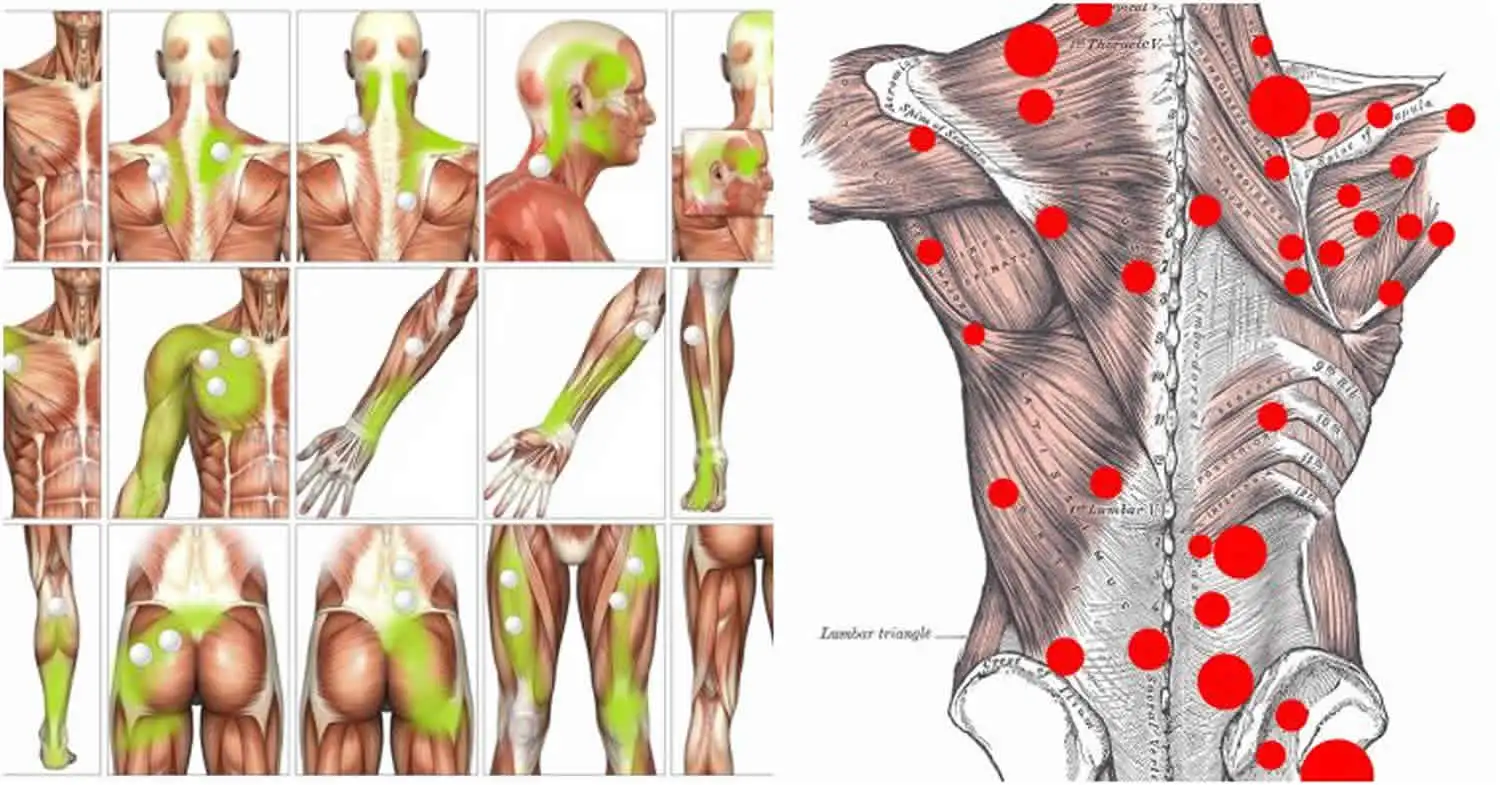
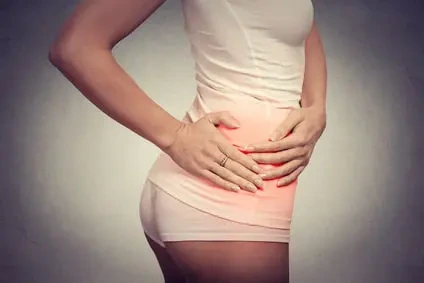
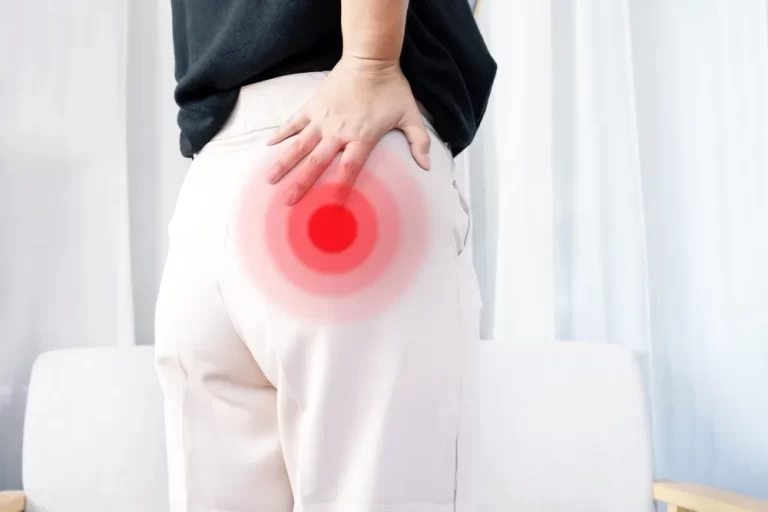

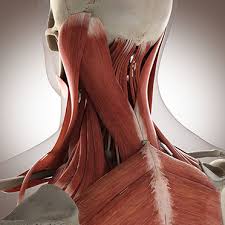
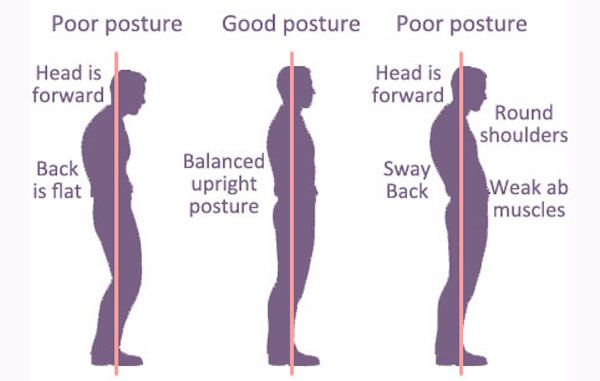
4 Comments